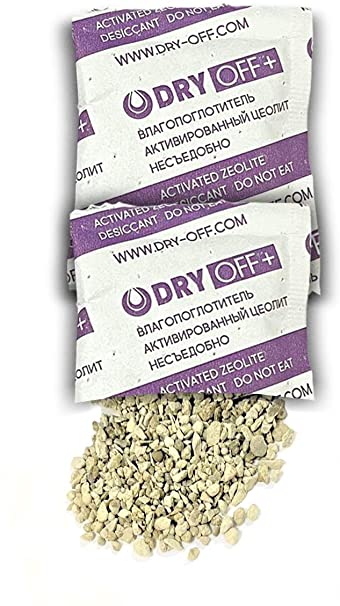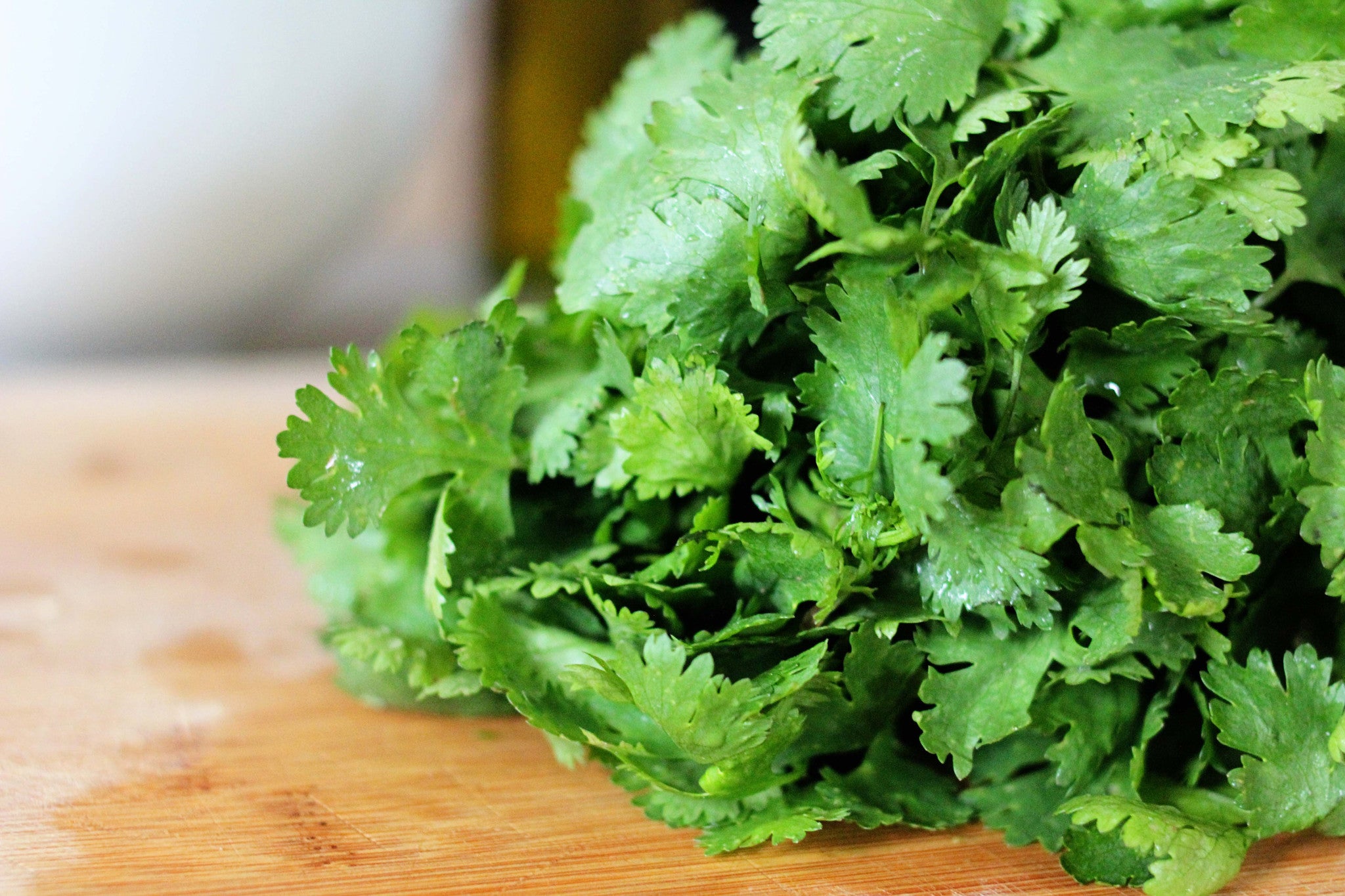
"Bad Foods” examines the misinterpretation or denigration of certain foods and their negative impact on our favorite dishes. This is especially true when we consider the role of the media in spreading misinformation. Although it may seem like a good idea, closer inspection reveals that certain foods can actually be dangerous for your health. Here are some reasons bad food labels may be misleading. Continue reading to learn more.
One prime example is processed meats. They contain high levels of sodium, saturated fat, and fats that are not good for you. Additionally, many of these products contain harmful chemicals. They are also used as preservatives to keep them fresh. Some foods may contain banned substances. So, avoiding them is essential for your overall health. Consider making healthy changes to your diet to find guilt-free alternatives to the traditional version of these dishes.
Sugar is another major problem in our diet. Numerous diseases, such as diabetes and heart disease, have been linked to sugar. Sugar increases the body's vulnerability to the detrimental effects of excessive calories. Sugar is not only a poor source of energy but it can also increase your risk of developing heart disease. In addition, saltine crackers can cause a high blood pressure. If you are trying to lose weight, it is best to stay away from saltine crackers.
Bad food is a widespread problem. Not all foods have to be unhealthy. Balance is the key. It's essential that you eat a well-balanced diet and a variety of nutritious foods. The most important thing is to keep your diet balanced. Because junk food can only cause you to be sicker, and also deprive your mind of the essential nutrients it needs.
Sometimes, "bad" foods aren’t so obvious. Sometimes people don't even realize they're eating bad food, which can cause them to feel depressed and irritable. This is due to unhealthy lifestyle habits and poor diets. Junk food is essentially causing your body more insulin than it requires. Type 2 Diabetes and obesity will result if you continue to eat junk food.

A food that is high in fat or sugar can be considered bad. Although some foods are viewed as bad, others have the opposite effect. We often make unhealthy choices when we see ourselves as bad people. For instance, we don't eat enough fruits and vegetables and skimp on the gym. These habits are harmful to our health and will increase our chances of making bad decisions.
Not only is it bad for us but food can also make our bodies make poor decisions. Eating too many foods can lead to digestive problems or constipation. Foods high in fiber are also difficult to digest. By making sure that your body gets all the nutrients it needs, you'll avoid unwanted weight. This is because your body doesn’t need all the fat you could imagine.
Dry fruits can cause tooth decay. They contain sugar which feeds the bacteria living in your mouth. They can stick on your teeth, causing severe damage. They can also be very harmful for your teeth because they contain lots of sugar. These foods are dangerous for your health. They're not good for your digestion, and they can cause tooth decay. Avoid them. You will be surprised at how awful they are.

Although processed meats and red meat are harmful for your health, these foods are also good for your body. They are rich in iron and protein. They're healthy for you. However, you need to choose wisely. You don't have to avoid all the bad foods. You should avoid them as they can lead to health problems. So, try to choose wisely. This will make you eat healthier and help you lose weight.
Consuming fast food can lead to high levels sugar. If you don't want to eat this kind of sugar, limit your intake french fries. These are the world's most popular fast food. You're likely have many of these in your refrigerator. They're also harmful to your health. The same applies to fast food. Avoid these foods to avoid problems.
FAQ
How do I become a chef?
The first step toward getting a job as a chef is to complete a culinary arts degree. You should next join a professional organization such as the American Culinary Federation. This organization offers certification exams and networking opportunities.
How to be a Chef
There are many paths to becoming a chef. Start by enrolling in a class at a vocational school or community college. You might also consider going to culinary school. A paid internship is another option.
What is the average time it takes to become a chef? What is the average career path?
Becoming a chef takes approximately five years. In this period, you will learn basic cooking skills and experience as a kitchen assistant. After your training is complete, you will be eligible to apply for a job as a sous chef, executive chef, or line cook. The salary range for a chef is between $25,000 to $60,000 per annum.
How much does it cost for you to learn culinary arts?
Prices for studying culinary arts vary widely. For example, a four-year degree typically costs around $40,000. On the other hand, a two-year associate's degree may cost less than $5,000. The type of program you choose will determine the tuition rates. The prices charged by private institutions are generally higher than the public.
Is there a difference between a chef and a cook?
A chef cooks for others. A cook prepares meals for others. Although both jobs require you to prepare food, a chef is more involved in serving customers. This may mean that they might have to choose what to cook for guests depending on their preferences. The cook doesn't have to interact with customers. Instead, he or she ensures that the food tastes good before serving it to anyone.
What skills are required to enter a culinary school?
To be a chef you need to be able and able to cook well. You should enroll in cooking classes at local community colleges or high schools to learn how to cook. Once you have learned the basics of cooking, it is time to look for work at a restaurant.
Statistics
- You'll be amazed that over 90% of CIA students receive scholarships and grants to finish their culinary studies. (ischoolconnect.com)
- According to the BLS, chefs earn $58,740 a year. (learnhowtobecome.org)
- under 10 Kids have been taught that there is special food just for them, and Fiese says that 10 percent of kids will throw a tantrum if they don't get the food they want. (washingtonpost.com)
External Links
How To
How to make a perfect omelet
Omelets are a favorite breakfast food of mine. But how do you make them perfectly? I've tried many recipes and different methods but none have worked. So I am sharing some tips and tricks today to help you make fluffy, delicious omelets every morning.
Before we start making omelets, let's remember that eggs are temperamental. Eggs must be purchased fresh, preferably organic, and kept chilled until ready for cooking. They must be kept cool, otherwise the whites will not form properly and the yolks may become runny. This causes your omelets to look oddly colored. If you plan to cook the eggs right away, it is best to use room temperature eggs.
You can also separate the egg before you add it to the pan. You don't want any white to get mixed up with the yolk because this could cause the omelet to curdle.
You could end up burning the bottom half of the egg if the egg is added directly to the heat source. Instead, put the egg in the microwave for 10 seconds before putting it into the pan. The microwave heat cooks your egg just right, without it becoming too soft.
Next, let's discuss mixing the eggs. When you mix eggs together, you want to beat them well. You can do this by turning the bowl of your mixer upside down. Then, vigorously shake the bowl. This allows the air to be whipped and the egg to be mixed thoroughly.
The fun part begins - you need to pour the milk into your mixture. Pour half the milk into the beaten egg mixture and then fold in the eggs. Don't worry if there are still streaks of egg visible; these streaks will disappear once you flip the omelet.
After folding the eggs fold the pan onto medium heat. When the oil starts to hot, wait for the pan to cook. When the oil is hot enough, add 1/4 cup butter to the pan. Stir it around until the butter covers the entire pan. Next, carefully open the lid and sprinkle salt into your pan. A pinch of salt will prevent your omelet from sticking in the pan.
Cover the pan once the omelet is formed and allow it to cool completely. Flip the omelet upside down or with a spatula. Cook the other half for another minute. Remove the omelet from the pan and serve immediately.
This recipe is best when used with whole milk. But, you can use skimmed milk as well.